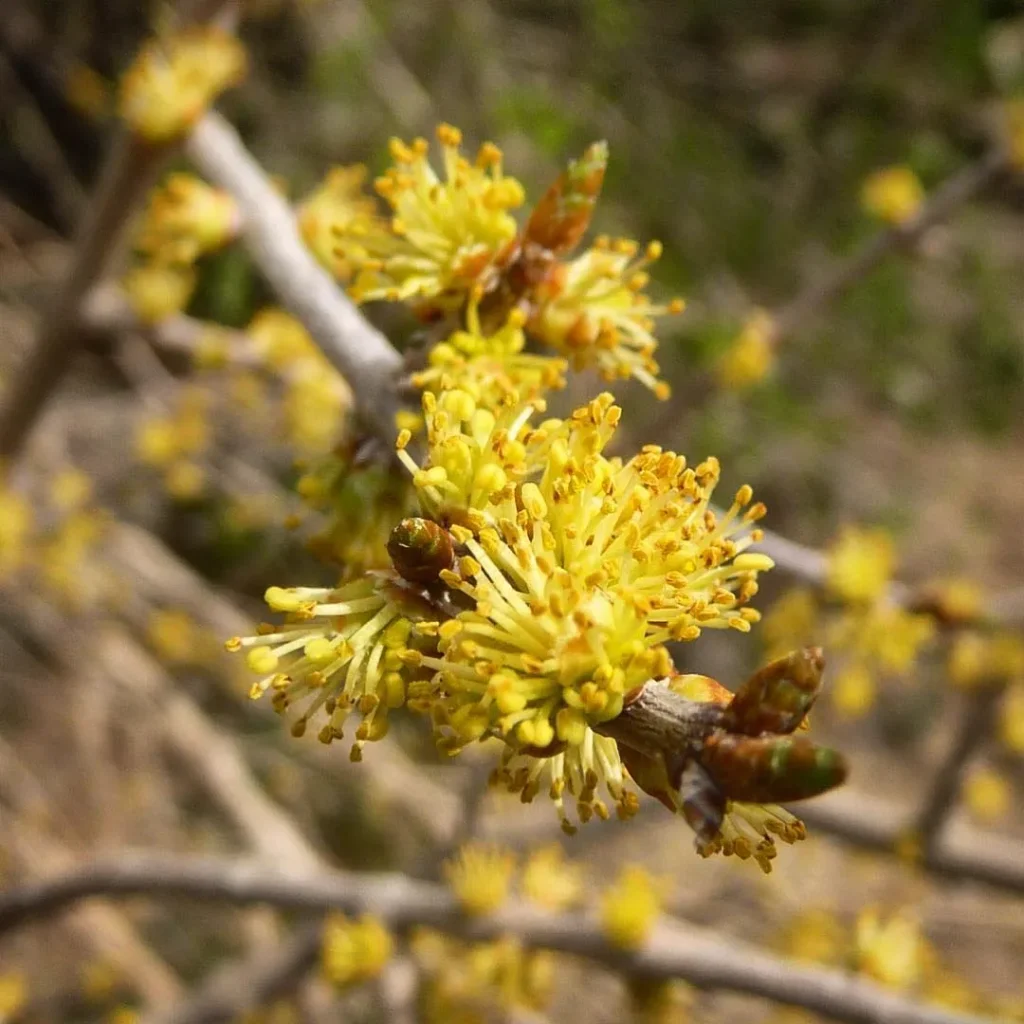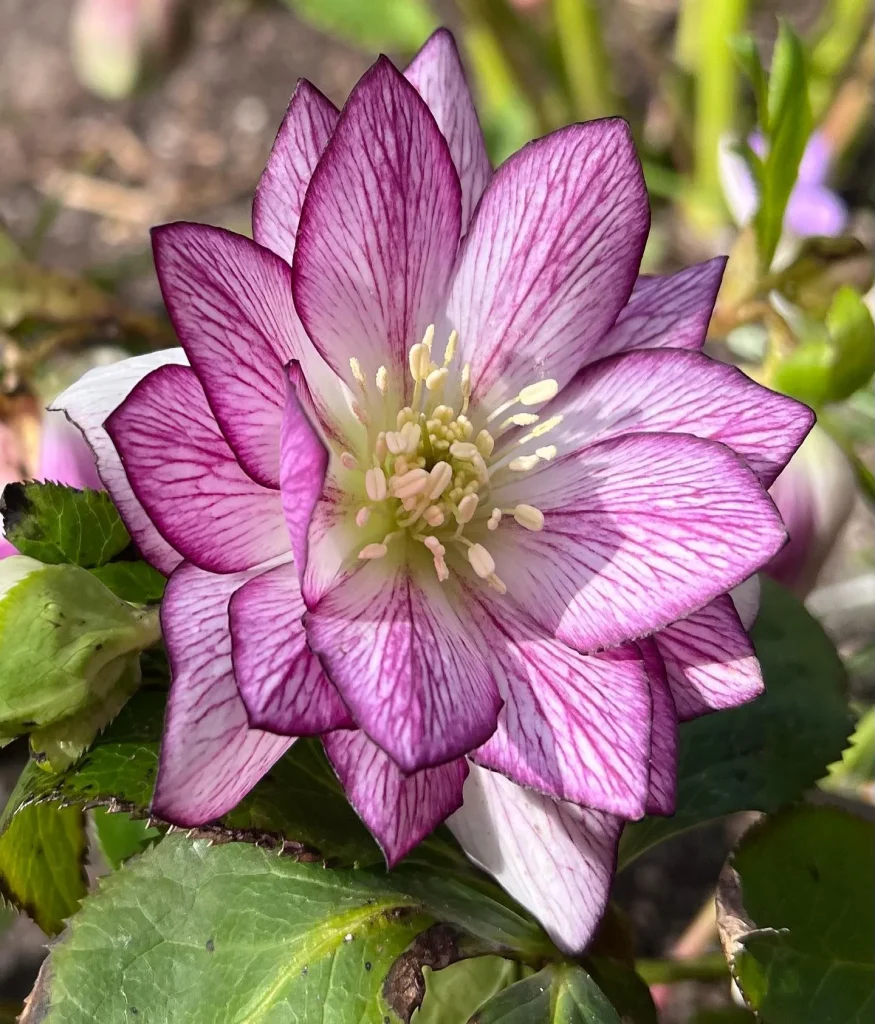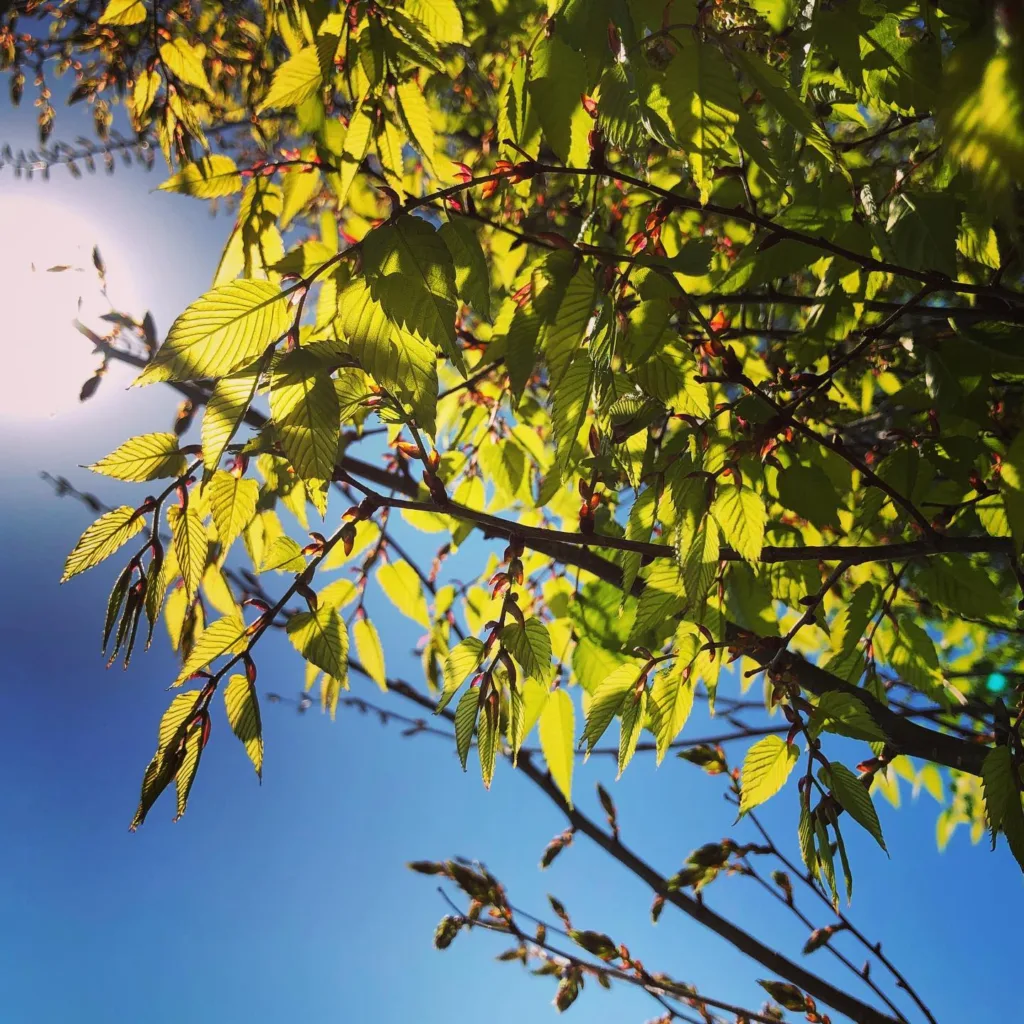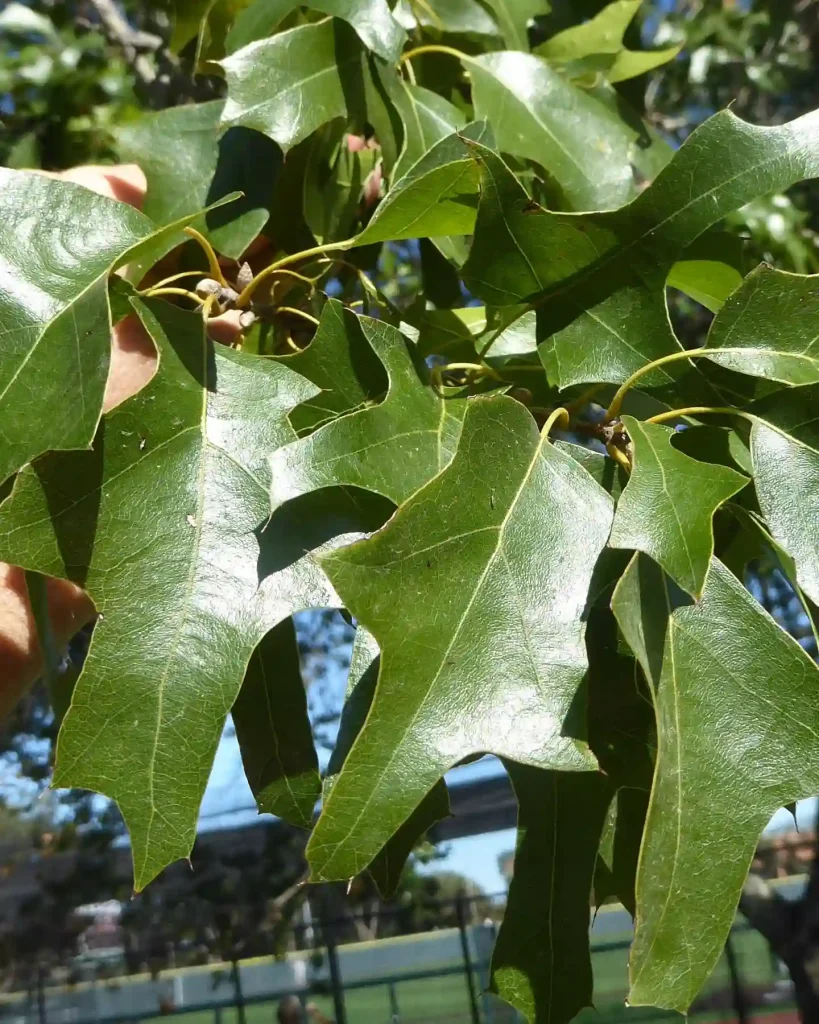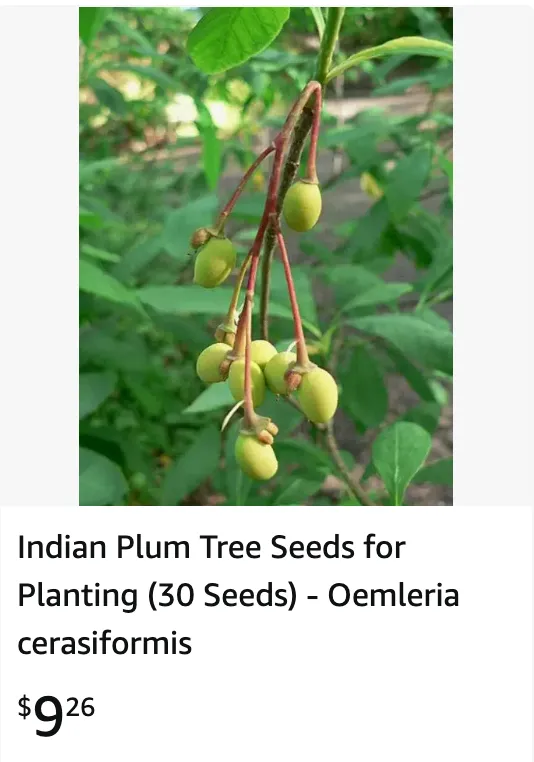
All About Oemleria Cerasiformis: The Early Bird of the Garden
Hi there, Ferb Vu here! Today, we’re diving into the world of a fascinating plant – Oemleria cerasiformis, also known as the osoberry or Indian plum. This captivating shrub is a true pioneer of spring, bursting with life before most others.
Whether you’re a seasoned gardener or just starting your plant parenthood journey, Oemleria cerasiformis might be the perfect addition to your landscape. Here, I’ll answer some of the most common questions about this unique shrub, helping you decide if it’s the right fit for your garden.
What is Oemleria Cerasiformis?
Oemleria cerasiformis is a deciduous shrub, meaning it loses its leaves in fall and regrows them in spring. Native to the Pacific Coast of North America, it thrives in regions stretching from British Columbia, Canada, all the way down to Santa Barbara County, California, USA.
One of the first signs of spring, Oemleria cerasiformis boasts beautiful early blooms. These greenish-white flowers dangle in clusters, gracing the branches before most other shrubs even consider flowering.
Osoberry vs. Indian Plum: What’s the Difference?
Both osoberry and Indian plum refer to the same plant – Oemleria cerasiformis. The common names highlight different aspects of the shrub. “Osoberry” comes from the Spanish word “oso” meaning “bear,” likely referencing the fondness bears have for its fruits. “Indian plum,” on the other hand, refers to the resemblance of its fruit to a plum, though the taste is quite distinct.
How Does Oemleria Cerasiformis Compare to Other Plants?
Here’s a quick comparison of Oemleria cerasiformis with some common shrubs:
- Flowering Dogwood (Cornus florida): Both are early bloomers, but Oemleria cerasiformis boasts a more relaxed, shrubby form compared to the Dogwood’s elegant tree-like structure.
- Redbud (Cercis canadensis): Similar vibrant early spring blooms, but Oemleria cerasiformis offers a more compact size and interesting fall foliage color change.
- Serviceberry (Amelanchier spp.): Both provide edible fruits and attractive flowers, but Oemleria cerasiformis’s fruits are primarily enjoyed by birds, while serviceberries are delicious for humans as well.
How to care for Oemleria Cerasiformis?
Adding Oemleria cerasiformis to your garden is a breeze. Here’s what you need to know:
- Light: Oemleria cerasiformis thrives in full sun to part shade.
- Soil: Well-drained, fertile, and moist soil is ideal.
- Watering: Regular watering, especially during the first year after planting, is crucial. Established plants are more drought-tolerant.
- Pruning: Minimal pruning is needed. Simply remove dead or diseased branches as needed.
Can You Eat the Fruit of Oemleria Cerasiformis?
The fruit of Oemleria cerasiformis, a small, red-purple berry, is technically edible. However, it’s quite bitter and astringent, making it unpalatable for most humans. Birds, on the other hand, love these berries and readily consume them, helping disperse the seeds.
Benefits of Having Oemleria Cerasiformis in Your Garden
There are several reasons to consider planting Oemleria cerasiformis in your garden:
- Early Spring Beauty: One of the first to bloom, it brings a touch of color to the early spring landscape.
- Low Maintenance: A relatively easy-care shrub that doesn’t require constant attention.
- Wildlife Friendly: Birds adore the fruits, making it a haven for feathered friends.
- Fall Foliage: The leaves turn a vibrant yellow in fall, adding another layer of interest to your garden.
Conclusion: Is Oemleria Cerasiformis Right for You?
Oemleria cerasiformis is a wonderful choice for gardeners seeking a low-maintenance, early-blooming shrub that provides habitat for wildlife. If you’re looking for a plant that adds a touch of the unique and attracts beautiful birds, Oemleria cerasiformis might be the perfect addition to your garden.
Remember, with a little TLC, this charming shrub can thrive in your garden and offer years of enjoyment!
If i die, water my plants!
